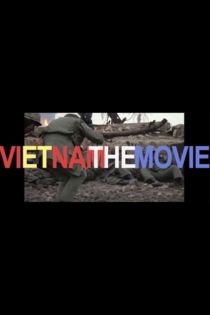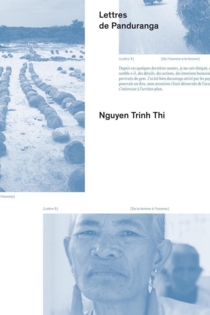
Nguyen Trinh Thi
2021Love Man Love Woman
Nguyen Trinh Thi
Through Master Luu Ngoc Duc, one of the most prominent spirit mediums in Hanoi, and his vibrant community, the film explores how effeminate and gay men in homophobic Vietnam have traditionally found community and expression in the country’s popular Mother Goddess Religion, Đạo Mẫu.
Love Man Love Woman
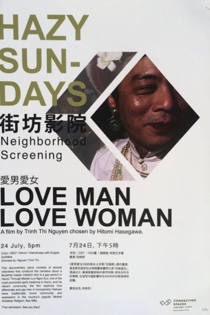
How to Improve the World
Nguyen Trinh Thi
Resisting the westernised reliance on images for creating narratives, telling stories and experiencing the world, How to Improve the World turns to music and sound as a way of perceiving through listening. Originally a 3-channel installation, this aurally centred work reflects on the past, present and future of indigenous cultures of the people in Vietnam’s Central Highlands.
How to Improve the World
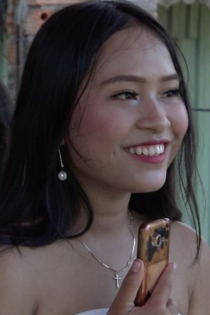
Nguyễn Trinh Thi
Nguyen Trinh Thi
Eleven Men combines footage from a range of Vietnamese classic feature films produced by the state-owned Vietnam Feature Film Studio with Franz Kafka’s short story Eleven Sons. Focusing on a single actress, Nhu Quynh, and spanning three decades of her career, Eleven Men transposes Kafka’s male family imaginary to the analysis of a woman’s relation to her lovers.
Eleven Men
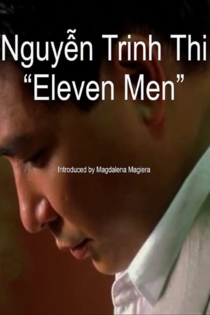
Landscape Series #1
Nguyen Trinh Thi
Composed of found photographs from newspaper reports that show people pointing into a seemingly empty landscape: something often found in Vietnamese newspapers as photographers usually arrive at the scene of an event only after it has taken place.
Landscape Series #1

Fifth Cinema
Nguyen Trinh Thi
Explores a subjective understanding of the artist’s homeland, Vietnam. Nguyen interrogates local, official histories and external viewpoints on Vietnam, together with the wider ideals of women and men, the role of the artist in society, and the landscape as metaphor. The 55-minute video proposes a homegrown authority that is derived from the artist’s own culture, expanding the concept of "Fourth Cinema," which was originally conceived by Māori filmmaker Barry Barclay in the 1990s. According to Barclay, “Fourth Cinema” is a cinema by, about, and for indigenous peoples defined in opposition to the framework of First (American), Second (Art House) and Third (Third World) Cinema.
Fifth Cinema

Vietnam the Movie
Nguyen Trinh Thi
Vietnam the Movie uses a carefully structured montage of clips from drama and documentary films to give a chronological account of Vietnamese history from the mid-1950s to the late 1970s, encompassing the end of French colonialism and America’s involvement in the Vietnam War. But this is no conventional history lesson. Rather, the excerpts chosen contrast a variety of external and often oppositional views, ranging from mainstream Hollywood drama to European art-house. Source material from the US includes Apocalypse Now, Born on the Fourth of July and Forrest Gump, whilst Europe is represented by the works of Harun Farocki, Rainer Werner Fassbinder, Werner Herzog and Jean-Luc Godard. The result suggests that any ‘true’ picture of Vietnam has been lost to the multiplicity of symbolic purposes to which the country, its people and their tribulations have been put.
Vietnam the Movie
